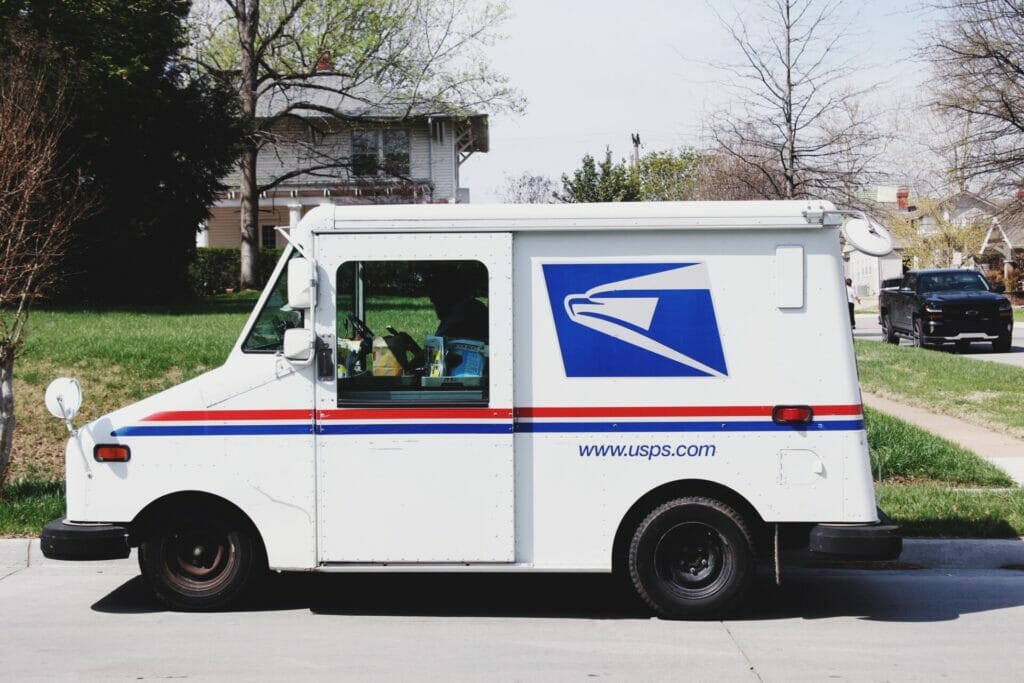In a nutshell: Direct mail is a great tool when used in conjunction with other marketing campaigns. It can be used to deliver a message, develop a brand, generate short-term return, or gather important customer and prospect information.
Perception
Direct mail is “junk” to many consumers. Most of it will go directly into the recycle bin.
Reality
Direct mail is a great tool when used in conjunction with other marketing campaigns. It can be used to deliver a message, develop a brand, generate short-term return, or even gather important customer and prospect information.

Direct mail marketing is not just letters in an envelope.
Direct mail (DM) can be postcards, folded mailers, brochures, promotional items, and giveaways—even pop-up mailers! In the age of digital, direct mail can surprise and delight your audience by bringing your brand right into customers’ homes. DM is visual, tangible, and physical—appealing to the audience quickly and effectively. You cannot touch and feel an email or a digital ad, you can only see it.
A data-driven, multi-channel strategy will help you decide how to fit direct mail into the right place. A printed piece is tactile and can be used to activate different touchpoints than typically used in other channels. For example, consider using QR codes, personalized URLs (PURLS), promotional URLs, phone numbers, or prompts to schedule in-person visits. On the flip side, mail also has a role to play in automated campaigns. You can send personalized mail pieces to complete a sale after someone visits your website or completes another programmatic action.
4 key components to a successful direct mail marketing campaign:
- The Mailing List: Be sure you’re presenting your product or service to the people who want it and need it the most. When targeting prospects, you should have a good understanding of who your ideal customers are.
- The Offer: Your offer should clearly tell the customer what you’re providing and how it will benefit them. Today’s consumers expect tailored, relevant marketing. In fact, most consumers expect companies to deliver personalized interactions. Leverage direct mail messaging and offers that make your customers feel special.
- The Creative: The creative elements matter. After all, that is what ultimately ends up in your audience’s hands. As a physical form of marketing, direct mail has a unique power to create a tangible connection with the audience.
- The Tracking: If you don’t track the response to your direct mail campaign, it’s impossible to measure your results. Tracking the response will help you evaluate your success and tweak future campaigns. All points of contact should be unique and trackable: phone number, URL, QR code, and coupon/promo code. Use A/B testing to see what resonates with your audience, and establish metrics to accurately gauge success.
Does direct mail work?
While writing this blog, we wanted to share some supporting statistics and words of wisdom. So, here are a few fun facts:
41% of Americans of all ages look forward to checking their mail each day.1
There’s just something exciting about opening that little mailbox to find an item you can hold, with your very own name written on it. And though older people are more likely to say they enjoy getting mail, 36% of Americans under 30 also feel this way. Who knew?
58% of the mail received by American households is marketing mail.
Very few people exchange personal letters in the digital era. The direct mail industry accounts for almost 60% of the mail that U.S. households receive. This point reinforces the point above—if people mostly get marketing mail and are still looking forward to it, that’s great news for mail marketers.
Direct mail requires 21% less cognitive effort to process than email.
It’s much easier for consumers to understand DM than email—it’s simpler to process, which leads to longer-lasting brand recall. Who wants to work harder than you have to? With email, people can often get distracted by other open tabs or pop-up ads. But when reading direct mail, they can focus solely on that task.
Up to 90% of direct mail gets opened, compared to only 20–30% of emails.
Sending and receiving hundreds of emails each day, it’s easy for consumers to ignore promotional mail sent online. Postal mail, on the other hand, is opened nine out of ten times.
Only 44% of people can recall a brand immediately after seeing a digital ad compared to 75% of people who receive direct mail.
Don’t be nervous!
Companies are often intimidated by the creative and production aspects of direct mail marketing. No worries—we’re here to help! In future blogs, we’ll break down some of the basic production features, and even how the U.S. Postal Service offers financial incentives to help your direct mail marketing efforts.
Today’s customer journey is about how different channels work together. Direct mail and digital channels like email and social media have touchpoints that can trigger each other and result in a desired action. Which ones work best for delivering good ROI? There’s no single answer. It depends on your goals and budget, among other factors. But one thing is certain: consumers today expect your brand to be present in multiple channels. Whatever your goals, FARM can help you reach your customers efficiently and effectively.
References
1 V., I. (2023, June 17). Direct Mail Statistics That Will Have You Running to the Post Office.



